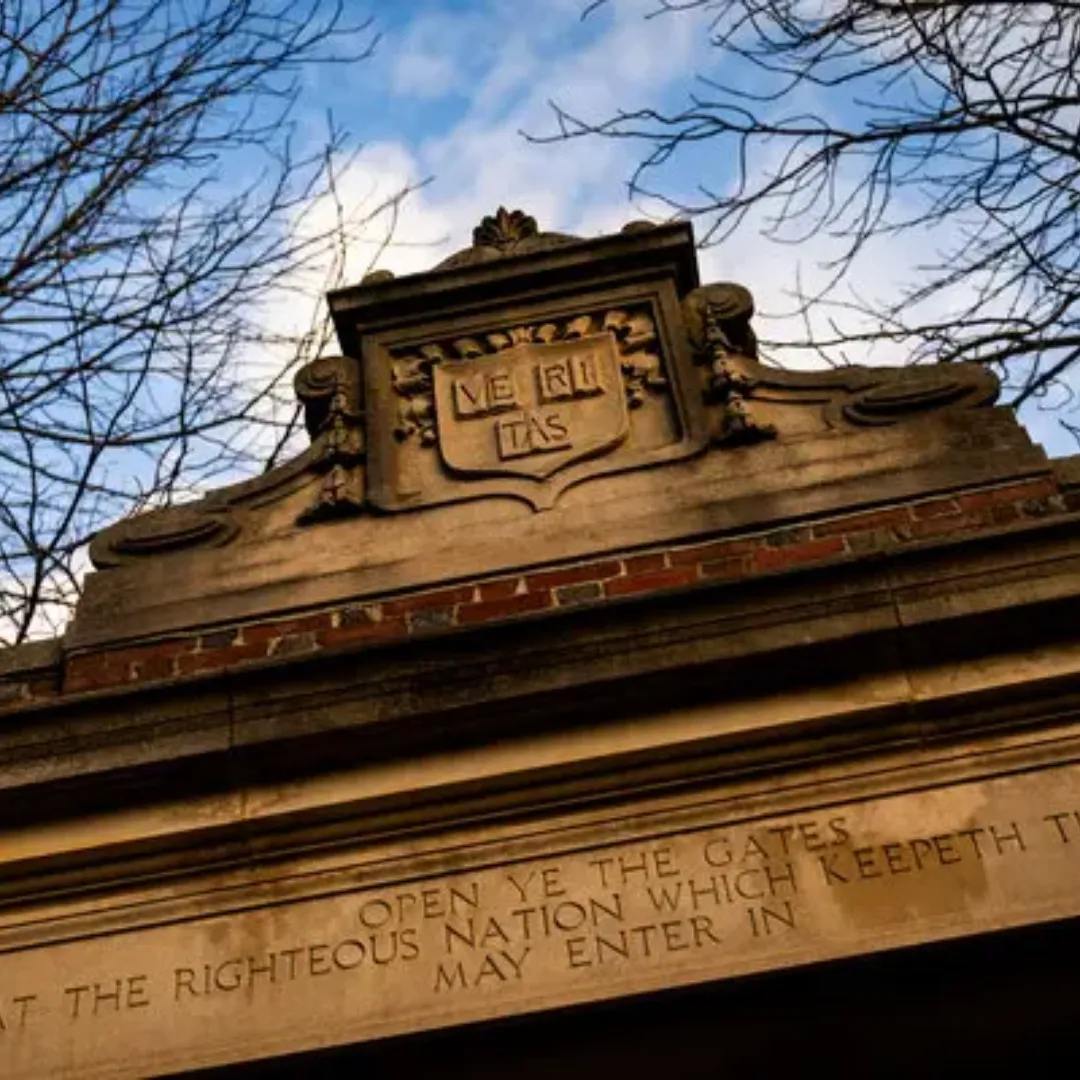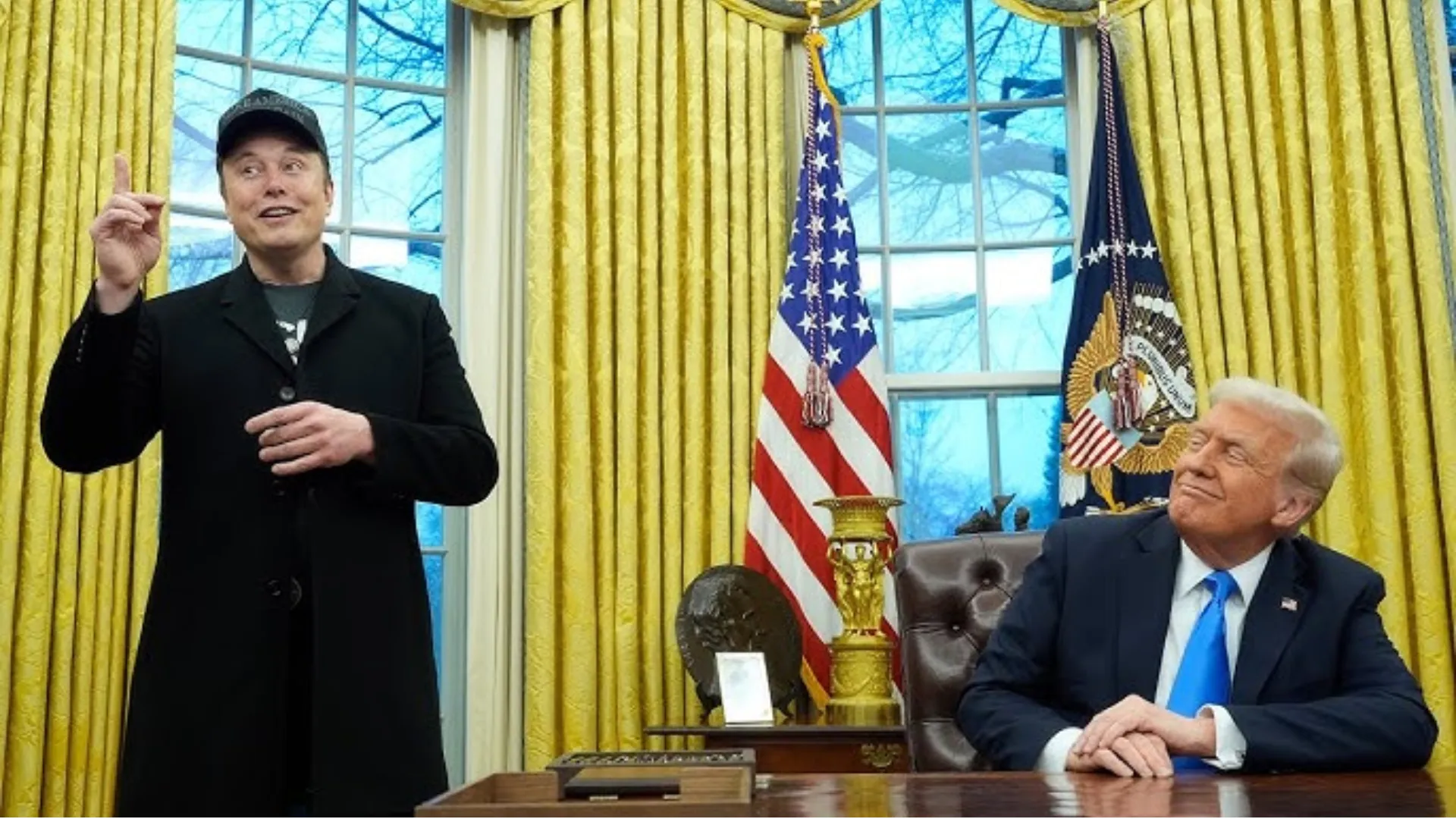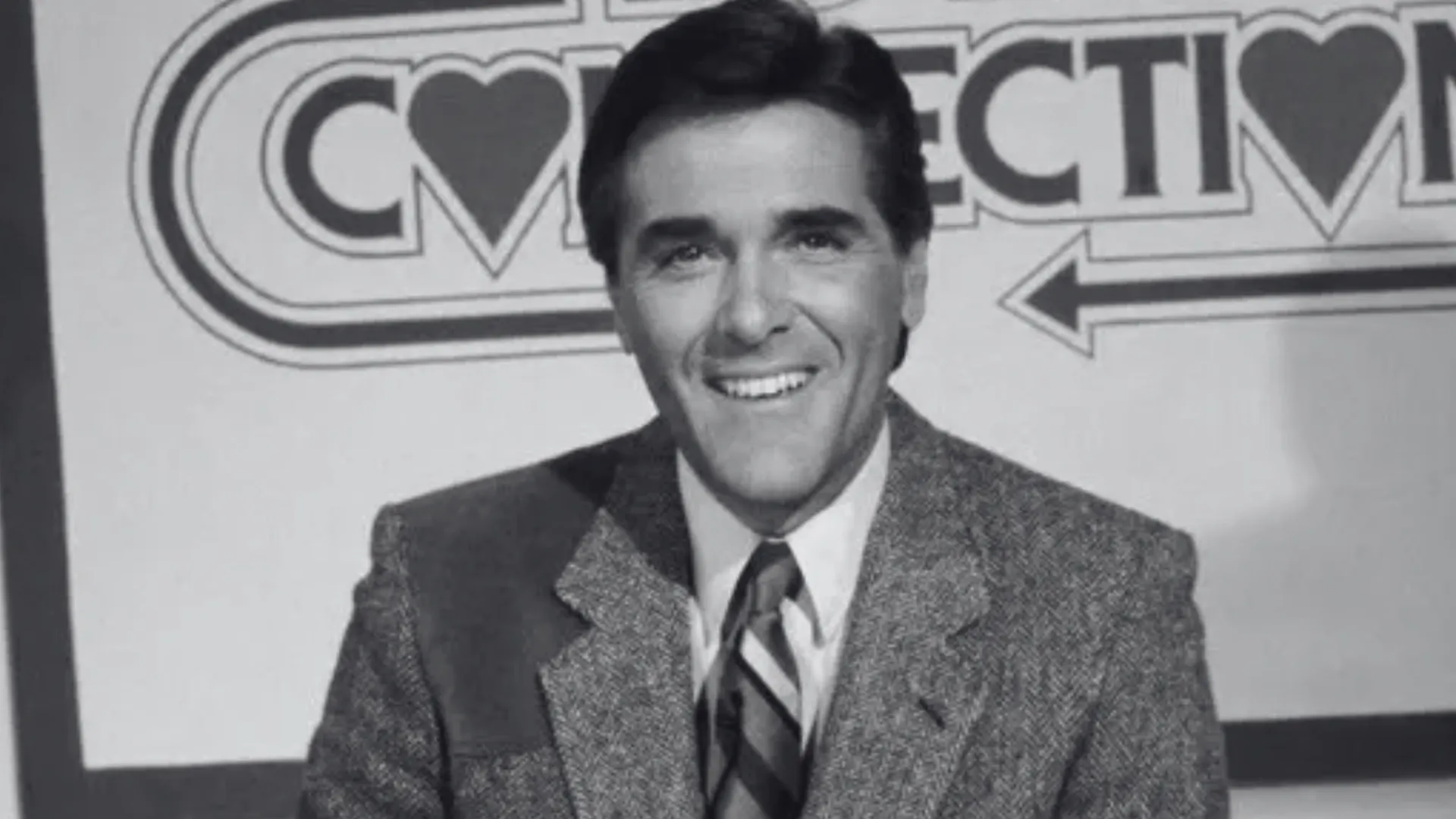A recent Gallup survey found that former President Joe Biden is viewed the least favorably among all living U.S. presidents, marking a continuation of a trend where presidents see a decline in popularity immediately after leaving office.
The poll, conducted shortly after the passing of former President Jimmy Carter, evaluated the favorability of the five living presidents.
Among them, Biden received the lowest rating, with only 39 percent of respondents viewing him favorably, while 57 percent expressed an unfavorable opinion. Just 4 percent of those surveyed had no opinion on Biden’s presidency.
Coming in second-lowest were President Donald Trump and former President Bill Clinton, though both remained significantly ahead of Biden. Trump received a 48 percent favorability rating, with 50 percent holding an unfavorable view, while Clinton had the same 48 percent favorability but with a slightly higher 51 percent unfavorable rating.
Former President George W. Bush ranked higher than Biden, Trump, and Clinton, with 52 percent of Americans expressing a favorable opinion of him. His unfavorable rating stood at 34 percent, while 14 percent of respondents said they had no opinion on his presidency.
The most favorably viewed former president was Barack Obama, who earned a 59 percent approval rating. His unfavorable rating was the lowest among all five, standing at just 36 percent, with 4 percent of respondents indicating no opinion.
Obama’s sustained popularity, even years after leaving office, has made him an exception to the usual pattern seen in presidential approval ratings.
The survey was released as the country reflected on Carter’s legacy, with all five remaining living presidents attending his funeral in Washington, which took place just before Trump’s second inauguration.
Gallup noted that Trump and Biden’s ratings have remained largely unchanged since the 2024 election. Biden’s numbers have not improved in the weeks following his departure from office, and Trump’s return to the White House has done little to alter his overall favorability.
The survey also highlighted how partisan divides continue to shape public perception of former presidents. All five were generally viewed favorably by members of their respective parties, though some displayed more significant divides than others.
Trump, for example, remains the most polarizing figure, with stark differences in how he is perceived by Republicans and Democrats. Bush, in contrast, has seen a more balanced shift in opinion over time, with his post-presidency image benefiting from a more bipartisan acceptance compared to when he left office.
Gallup analysts pointed out that presidential favorability ratings tend to follow a familiar trajectory: high approval ratings around the time of their inauguration, more subdued ratings while in office, often significant drops in popularity as their term ends, and then a gradual recovery as they transition into post-presidential life.

“Presidential image trends tend to follow a similar pattern – general positive ratings around the time of their inauguration, subdued ratings while in office, usually poor ratings when their presidency ends, and improved favorability after having been out of office for some time,” Gallup stated in its report.
However, Obama has remained an exception to this pattern. His approval ratings never saw the same level of decline that many other presidents experienced at the end of their term.
Even as his presidency concluded, he remained widely popular among the American people. His sustained high favorability is attributed to factors such as his relatively scandal-free administration, continued public presence, and ongoing involvement in political and social issues.
Biden’s poor showing in the poll underscores the difficulties he faced throughout his presidency, particularly in handling economic concerns, foreign policy challenges, and partisan divisions that defined much of his tenure.
His declining approval ratings in his final year in office reflected a growing dissatisfaction among voters, and this new poll suggests that public sentiment has not improved since he left the White House.
Trump’s return to office also appears to have had little effect on his favorability ratings, which remain almost identical to the levels recorded after the 2024 election.

His continued polarizing presence in American politics has made him one of the most divisive figures in modern U.S. history, with a sharp divide in how he is viewed by different segments of the population.
The favorability rankings also highlight a common phenomenon in American politics, where former presidents often see their public image improve as time passes.
Once they leave the day-to-day political battles of Washington, their legacies are often reassessed, and their standing among the public tends to rise. However, Biden’s current position suggests that he may have a long road ahead before his image sees a similar recovery.
As the political landscape continues to evolve, future polls will determine whether Biden’s ratings improve over time or if he remains the least favorably viewed living president.
Meanwhile, Obama’s strong public approval and Bush’s gradual rise in favorability suggest that post-presidency reputation shifts are highly individual and depend on a range of factors, including historical reassessment, ongoing political engagement, and changing public priorities.
While Gallup’s latest poll reaffirms longstanding trends in presidential approval, it also highlights the challenges Biden faces in rebuilding his public image.

With his successor now firmly back in office, the American public’s views on both Trump and Biden will likely continue to shape political narratives in the years to come.





